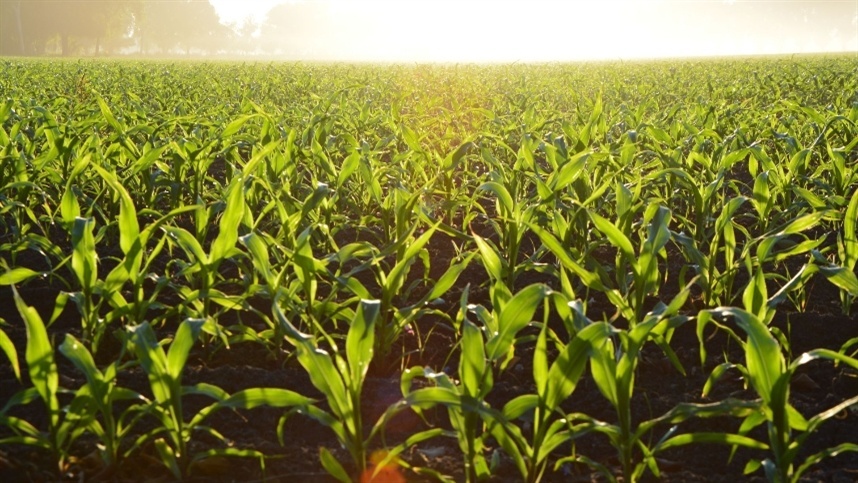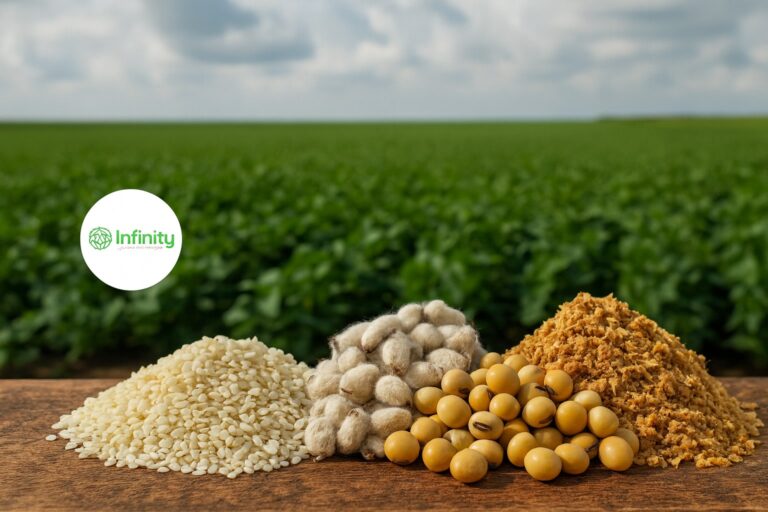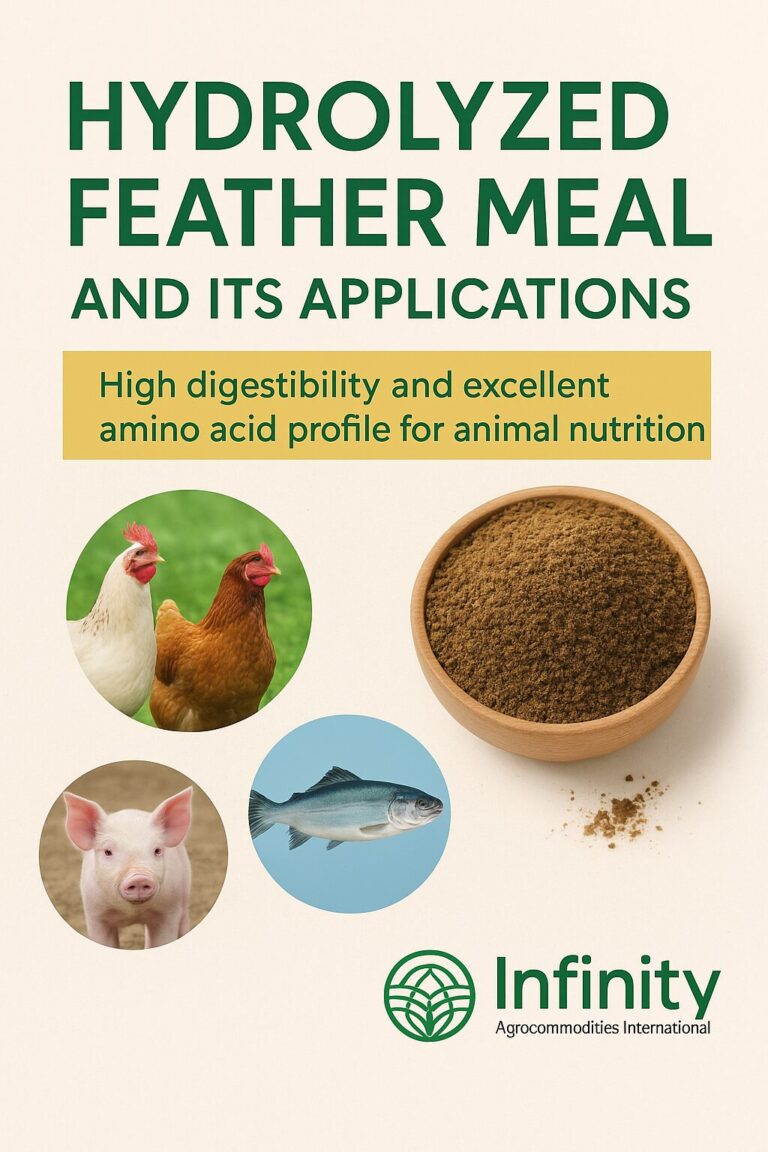Don’t call off your crop scouts just because you applied a fungicide in corn.
“It’s not over until it’s over.” Legend holds that the famous Yankees baseball player Yogi Berra said it. That quote is right on target when it comes to scouting for and managing tar spot in corn all the way through the season.
“Scouting and vigilance really pays off with this disease,” says Jim Donnelly, technical agronomist for Dekalb/Asgrow, covering Illinois north of Interstate 80. “When weather conditions favor the disease, it can go from a few black specks to a large problem quickly in our area.”
Here is an exclusive interview with Donnelly that delves deeper into tar spot management.
What did you see in terms of disease early in your area? It was dry and hot for most of June in northern Illinois. So, it was quiet on the disease front. However, confirmed incidences of tar spot were reported as early as mid-June in parts of Iowa, Kansas, Missouri and Indiana. Those areas tended to have more moisture early.
So, what do you advise growers to do from now on during the season? Be vigilant! That is my No. 1 recommendation. Watch for tar spot, especially if the weather pattern leans toward wetter and cooler weather. The situation can change very fast. Tar spot can go from a few black specks to the point where it takes over the leaf very quickly.
What does Dekalb recommend regarding fungicide timing? In normal situations, we recommend applying a fungicide at VT to R1, pollination and silking. In cases where you find tar spot before VT, you may want to shift the application somewhat earlier. But in most cases, applying fungicides at VT to R1 provides the highest return on investment. This is a year when everyone is looking at ROI carefully, since corn prices are lower.
If you scout and just find a few black specks per leaf, what should you do? If you are not sure it is tar spot, get confirmation first. If it is tar spot and conditions are shifting to wetter and cooler, consider lining up the fungicide application. Here is where vigilant scouting is critical. The disease can advance quickly if conditions favor it.
What if you have a hybrid with good resistance? Do you still need to spray? We work very hard on improving genetic resistance to tar spot, and our discovery of a method to inoculate tar spot in the field will help plant breeders make even better progress. However, if the tar spot outbreak is significant, we still recommend spraying. The difference may come down to not needing to spray a hybrid with strong resistance a second time versus respraying susceptible hybrids.
Are there situations where it may pay to spray twice? Yes. Fungicides today are very effective, but they only last two to three weeks. If conditions continue to favor tar spot development into and after the R4 stage, disease could redevelop and warrant a second application. Scouting until black layer is critical. It’s more likely that two applications could be needed if the disease got an early start in your area.
Source: https://www.farmprogress.com/corn/scout-tar-spot-until-black-layer





